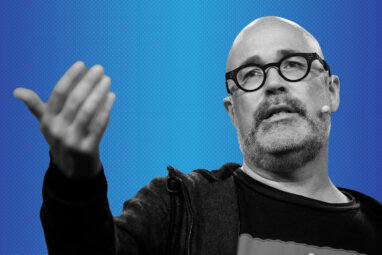Making the Case for ‘Subjective Age’ in the Multigenerational Workforce
How old one feels may be more important than chronological age for some life outcomes — including those in the workplace.

In today’s business world, for the first time ever, up to five generations find themselves working side by side in an increasingly volatile, fast-paced, and uncertain economy. Challenges in the workplace are bound to arise, including those related to cultural gaps. But generational differences are nothing new; Aristotle complained about younger generations in his writings way back in the fourth century B.C. Such criticism also manifests in modern ways, such as the derisive phrase “OK, boomer.” So how can companies overcome these complicated issues to help all employees thrive in the modern workplace?
The most significant problem with age-based generalizations is that they oversimplify and inaccurately reflect the current unprecedented age diversity of the workforce. In addition, these stereotypes assume that chronological age is more reliable than it is. But while chronological age is useful to track childhood development, it grows appreciably less predictive of personality or behavior the older we get. In other words, there are larger differences within age groups than between age groups, and this discrepancy grows as we age. Sociologists call this concept aged heterogeneity.
In the context of work, aged heterogeneity implies that companies and policy makers should not consider all older workers as equivalent — and yet that is exactly what they have tended to do, including in the Age Discrimination in Employment Act of 1967. Surprisingly, scholarly research in this area also tends to view all older workers through the same lens. Research is sparse in this critically important area, despite the fact that older workers are the fastest-growing segment of the workforce, and a projected 13 million people age 65 and above are expected to be employed in the U.S. by 2024, compared with 8.9 million in 2016.
Our recent research focuses on this overlooked heterogeneity. From it, we were able to create a typology of late-career employees, categorizing workers age 50 and above as Youthfuls, Matures, or Veterans, based on their behavior and performance rather than their chronological age. While members of the three groups were the same age numerically (on average, 55 years old), they scored very differently in all of the other areas we investigated, such as health, work ability, and work performance. These differences could only be explained by participants’ subjective ages — not their numeric ages.




